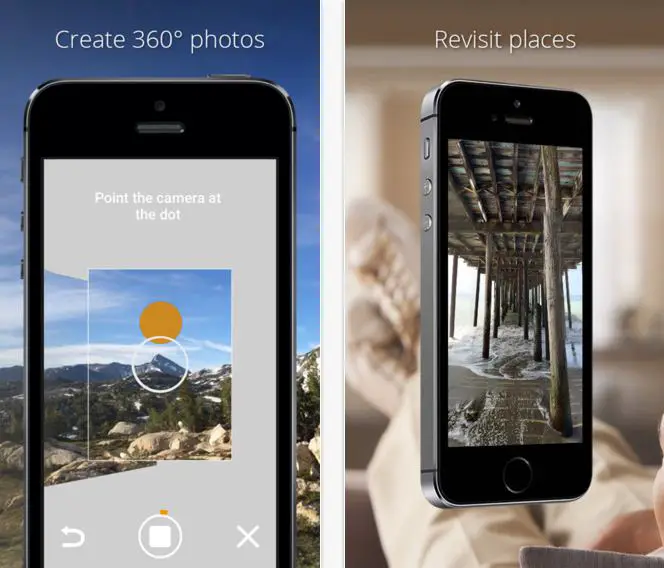

How Google implements their own PhotoSphere ? Any suggestion is appreciated. Photospheres appear on Google Maps and offer invaluable tourism and business promotion.Are there any good algorithms (or technical reports, scholar papers) available? If there are any, which one is the best?.Are there any libraries which can do what Google's PhotoSphere does? Since I don't develop for commercial use, any open-source libs are acceptable.

Additionally I tried using the Focal(beta) app on Google Play, whose sphere mode is also based on PanoTools/Hugin, their results (in sphere mode) seems no better than ours. caravan parks near chertsey ds roms unblocked votes Making the web more beautiful, fast, and open through great typography.
Google photosphere android#
I also tried the PanoTools/Hugin lib, although this lib supports predefined photo directions, the result is quite poor and unstable. Photo Sphere Viewer is a JavaScript library which renders 360° panoramas shots with Photo Sphere, the new camera mode of Android 4.2 Jelly Bean and above. Feeding the pipeline with photos in all directions only produces a large panorama with curved image boundary. Snap pictures in every direction that come together into incredible, immersive photo spheres. Photo Sphere is used to take 360-degree photos, and is. I couldn't find a way to generate a 180x360 degree panorama like PhotoSphere does using this pipeline. Google released Android 4.3 into the wild last week, but the latest iteration in their mobile OS includes some improvements to Photo Sphere.
Google photosphere how to#
However, iPad can provide the arbitrary spatial direction data of each taken photo (with noise though), but I don't know how to utilize these data in the OpenCV stitching pipeline. The pipeline deals with unordered input photos, as far as I know it only uses image feature matching to locate the geometric relations between photos, and the pipeline performs poorly when image feature extraction fails on blank photos (eg.

OpenCV 2.4.8 provides with an image stitching pipeline which seems very promising at first glance. What I'm going to do is to implement an application for iPad with exactly the same functionality. The camera app on Android 4.3/4.4 under the 'Sphere mode' can stitch photos from varied directions into one spherical panorama, with very good quality.


 0 kommentar(er)
0 kommentar(er)
